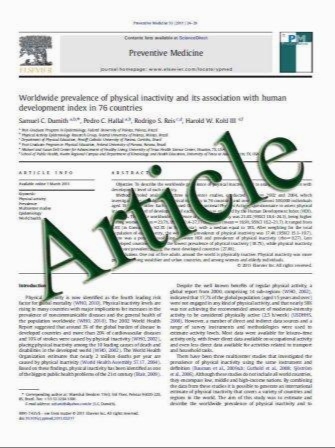An Institutional Approach to Interventional Strategies for Complete Vascular Occlusions
- نوع فایل : کتاب
- زبان : انگلیسی
- مؤلف : Philip T. Thrush • Chad A. Mackman • Paul Lawrence • Aymen Naguib • Andrew R. Yates • Stephen D. Cassidy • Joanne L. Chisolm • Sharon L. Hill • John
- چاپ و سال / کشور: 2011
Description
Complete vascular occlusions are rare but potentially lethal. Reports on transcatheter therapy are limited to solitary case reports. The study was conducted as a single-center retrospective chart review. Between January 2003 and December 2009, 26 patients underwent cardiac catheterizations for either a known complete thoracic vascular occlusion or for incidental complete vascular occlusion that was noted during cardiac catheterization. Procedural technique, risk factors, and outcomes are reviewed. Median age at the time of diagnosis was 13.3 years (range 2 months to 54 years). In 6 of 26 (23%) patients, the vascular occlusion was of acute onset. Ninetytwo percent of patients had at least 1 known risk factor for vascular occlusion, whereas 54% of patients had C2 risk factors. Successful rehabilitation was achieved in 19 patients, with direct catheter and/or wire manipulation being used to cross the occluded vessel in 15 (75%) patients, radiofrequency (RF) perforation in 3 patients, and perforation with Brockenbrough needle in 1 patient. Subsequent techniques included AngioJet (n = 2), balloon angioplasty and/or stent implantation (n = 18), and adjuvant local administration of recombinant tissue-plasminogen activator (n = 3). Reinterventions were required in 5 patients, and 8 patients died during the study period from causes unrelated to the catheterization procedure(s). Median follow-up of patients after successful recanalization was 12.6 months (range 1 day to 64 months), and the median duration of survival free from reintervention was 11.8 months (range 1 day to 64 months). In most patients, risk factors can be identified that are associated with the occurrence of a complete vascular occlusion. Different treatment strategies are used in patients having chronic compared with acute occlusions. Residual vascular lesions (hypoplasia or stenosis) are often associated with occurrence of reobstructions and should therefore be treated to prevent such an occurrence. Postprocedural anticoagulation is important in maintaining vascular patency.
Pediatr Cardiol (2011) 32:713–723 DOI 10.1007/s00246-011-9968-x Received: 8 December 2010 / Accepted: 20 March 2011 / Published online: 10 April 2011


